Campbell House News
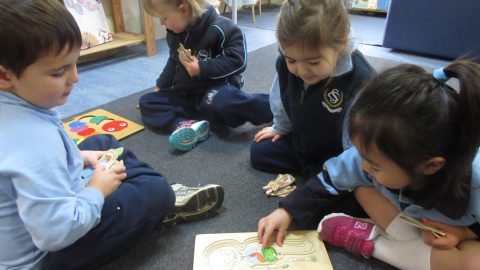
Term 3 and School is back!
Campbell House was a hive of noise and activity as children happily chatted and met up with friends sharing their adventures upon their return. We welcome all our young students and all Campbell House families back to what will be a busy and productive Term 3.
Back to Campbell House means PMP lessons return!
The Perceptual Motor Program which is led by Mrs Jenny De Nardis, a Barbreck Physical Education teacher is a popular session ran each week for children in the Early Learning Centre.
Usually held in the school gymnasium, PMP assists young learners to be aware of their body, build core strength, confidence, coordination and spatial awareness through the use of exercises and equipment.
Motor and movement experiences are both enjoyable and necessary for growing young bodies. Developing perceptions about time and space, the pattern and order of the child’s natural world and the limitations and rules which govern the human body. PMP also enhances brain development by stimulating the five senses through movement and motion.
Motor experiences each week include balance, climbing, jumping, swinging, rolling, hand-eye coordination tasks and changing positions of body readily.
It is always a pleasure to observe the children’s growth, ongoing development and risk taking skills.
The success of the PMP lessons is evident and we certainly thank all the parents who assist so willingly on a rostered basis. The program is dependent on close adult supervision and assistance at each of the PMP stations.
-
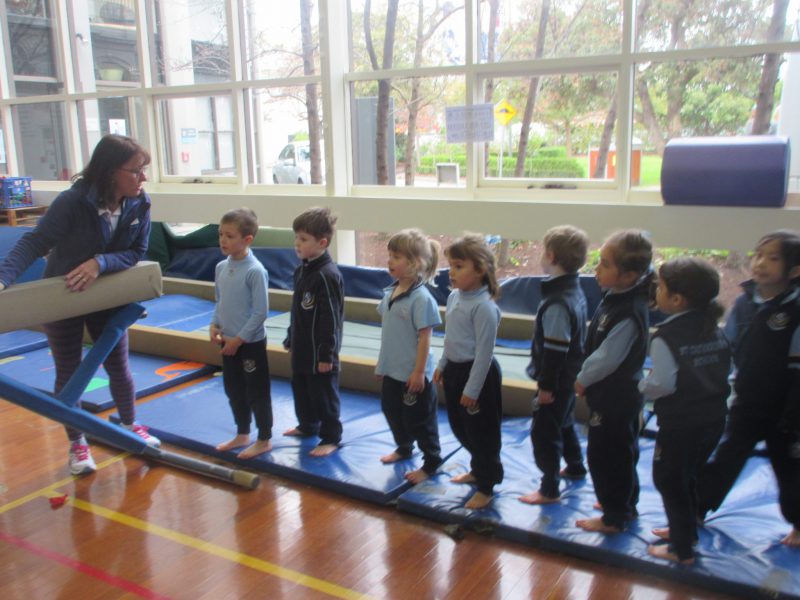
-
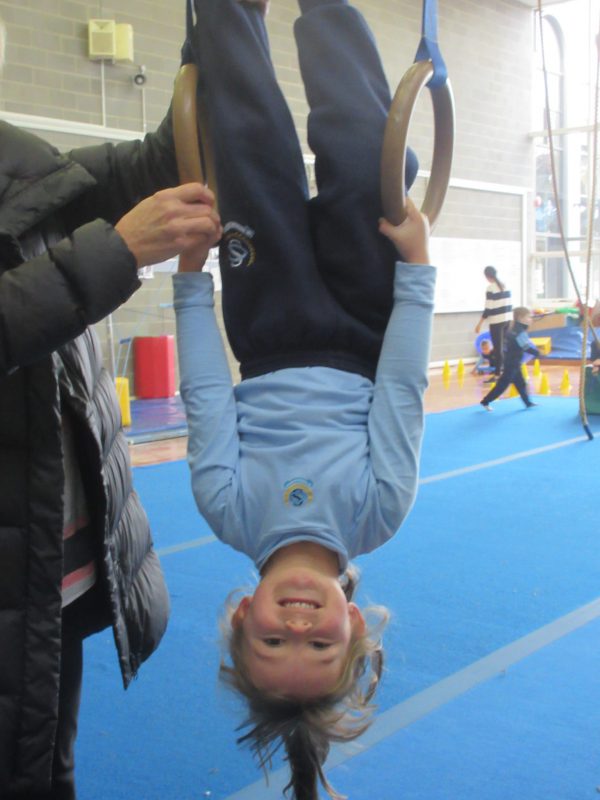
Samara Grinsell
-
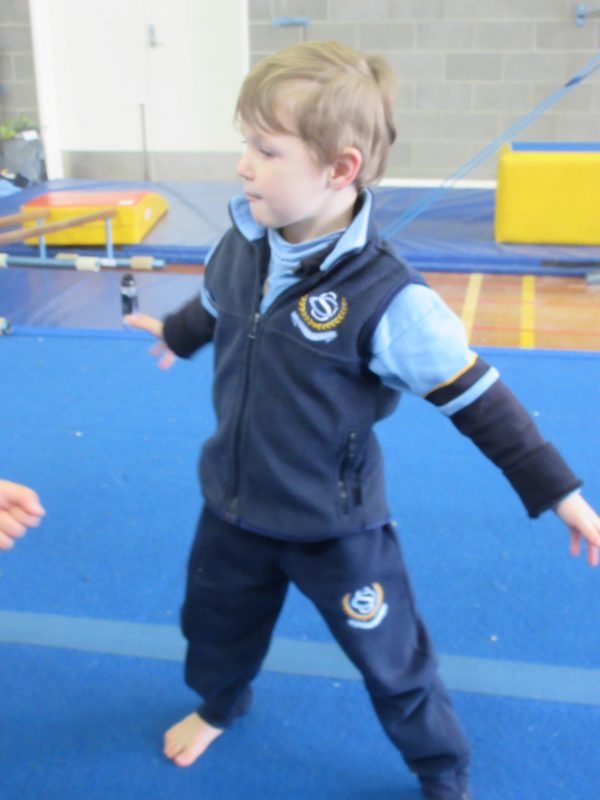
Sam McAllister
-
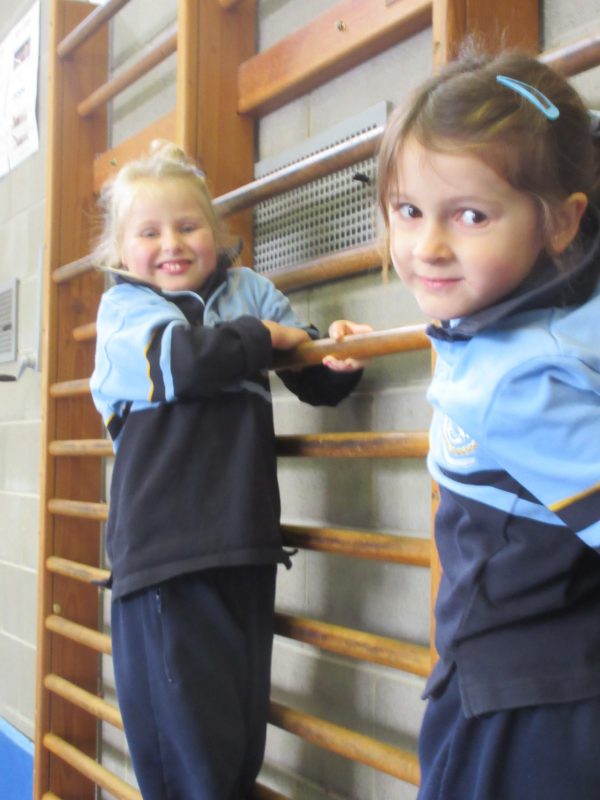
India Peters and Jemimah O'Brien
-
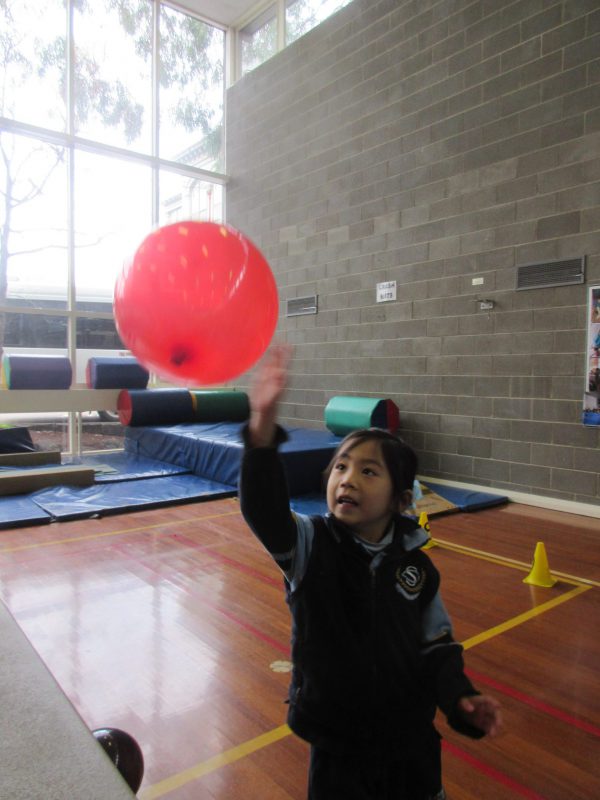
Marianna Qin
-
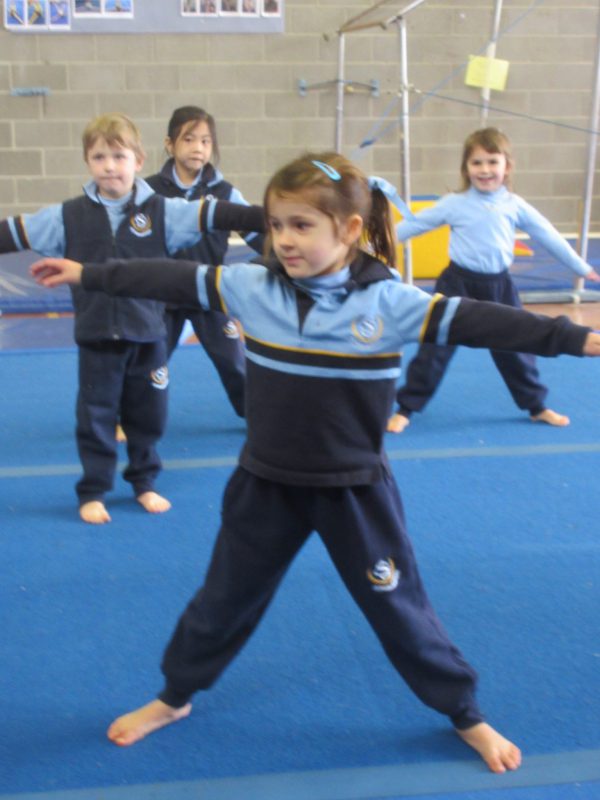
Jemimah O'Brien
Developing Relationships with Materials: Clay
Understanding a new material and its properties helps children to gain new skills and knowledge on how to use a material for expression and communication. As their relationships with particular materials strengthen, children begin to develop a database of languages that they can use to express thoughts, ideas and feelings.
The children of the Waratah Room were invited to explore and research clay, using whole body exploration. Children were encouraged to explore the properties of the clay using their hands, arms, fingers, toes and legs. This allowed children the time and space to begin to develop an understanding of the material, how it works, and how it changes under different conditions.
Children will continue using various techniques with the clay and expanding their vocabulary around these skills and techniques, including introducing slip, moulding, shaping and smoothing.
‘As young children bring their whole bodies to their relationship with the clay, they experience the responsiveness of the clay. This first encounter, body to body, begins the dialogue between the children and the clay.’
Ann Pelo, 2007
-
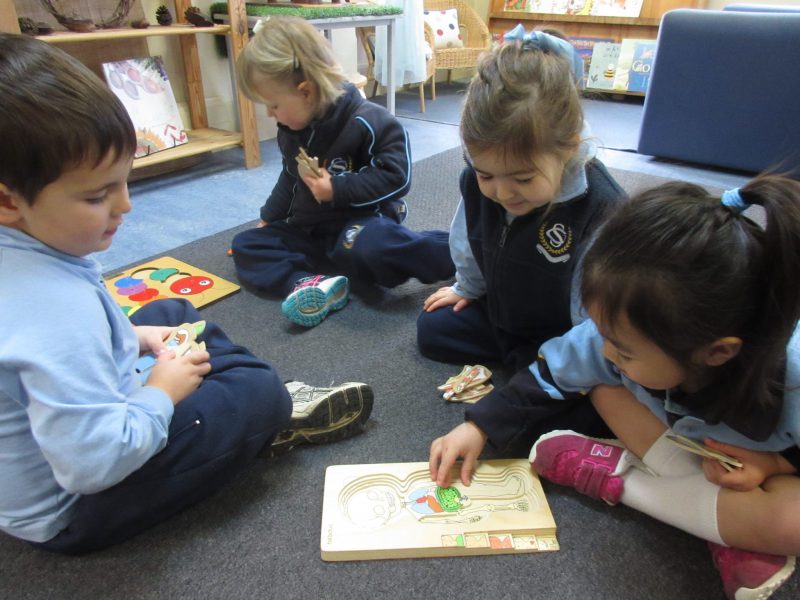
-
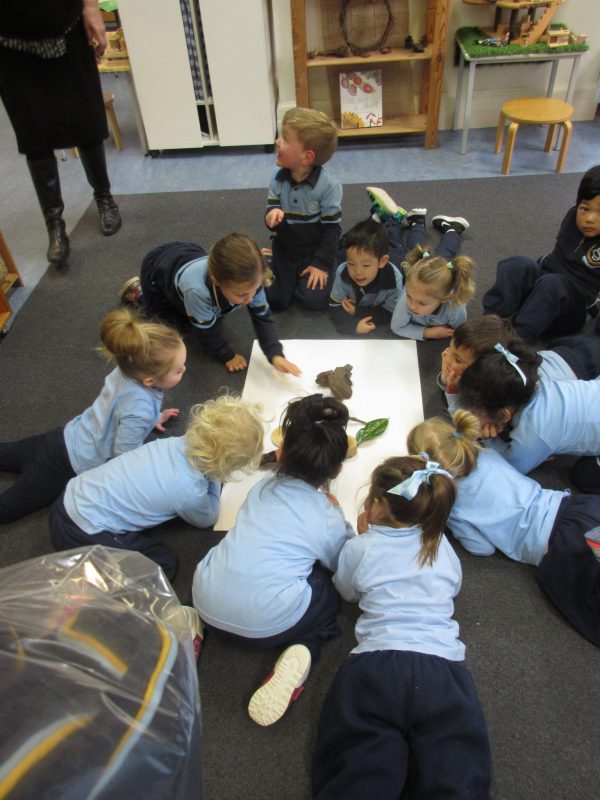
IMG_2554
-
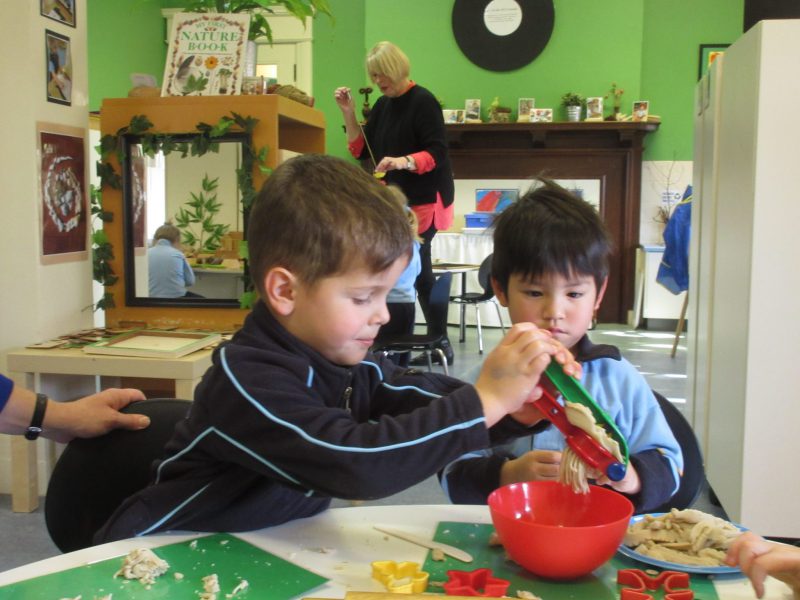
-
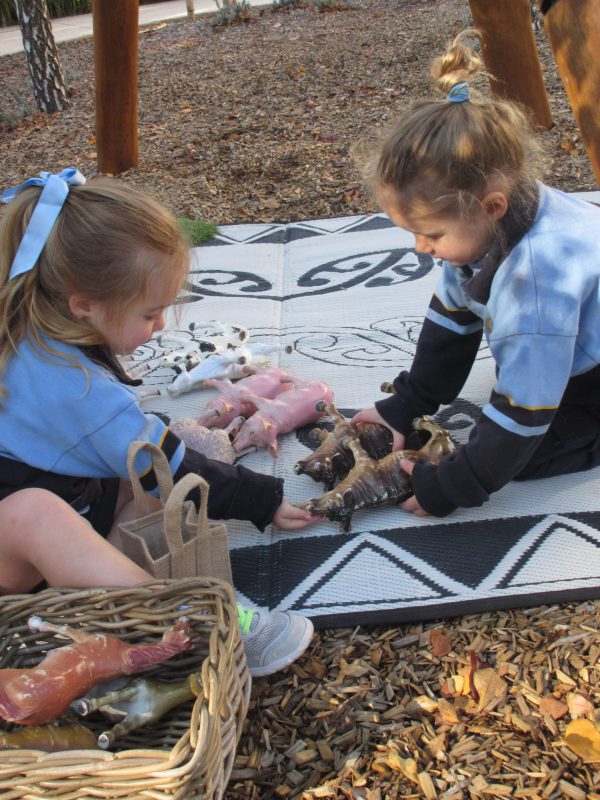
Miss Sandra Lenon, ELC


